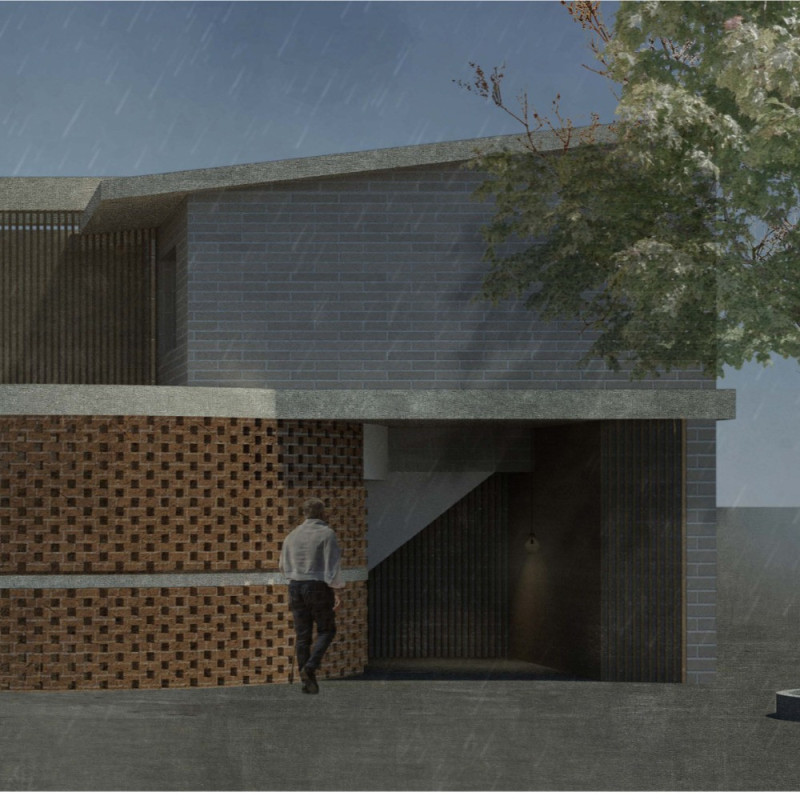5 key facts about this project
The design of "Home for the Blind" is situated on the edge of the old city of Suzhou, China. It provides essential living spaces for visually impaired individuals. The overall concept revolves around creating an environment that promotes accessibility and comfort while also addressing the specific sensory experiences of its residents.
Design Concept
The building's location takes advantage of being near a wide moat to the south and busy streets to the north. This placement allows residents to enjoy urban amenities while also offering a sense of retreat. The project recognizes the unique needs of blind individuals and aims to foster a balance between interaction with the city and a peaceful living environment.
Circulation and Space Organization
Circulation is a key consideration in the design. The central core of the building facilitates easy movement and access. Surrounding this core are eight distinct functional spaces organized around landscaped courtyards. This arrangement encourages social interaction and ensures that each area, whether communal or private, is accessible to all residents.
Facade Integration
The building's facade minimizes window openings to safeguard the privacy of its occupants. This design choice reflects a thoughtful understanding of the sensory experiences of blind individuals. The courtyard walls are designed with small gaps that allow external sounds and smells to enter, enriching everyday life and creating a connection to the outside world.
Functional Space Design
Architectural plans detail how different areas are organized, including spaces for dining, living, balconies, and bedrooms. Each space is designed with comfort and interaction in mind, aiming to create an inviting atmosphere that meets the residents' needs. This careful arrangement results in a supportive living environment.
The design focuses on improving the quality of life for its residents through thoughtful spatial organization and sensory engagement, leading to a home that is tailored to their unique experiences.



















































